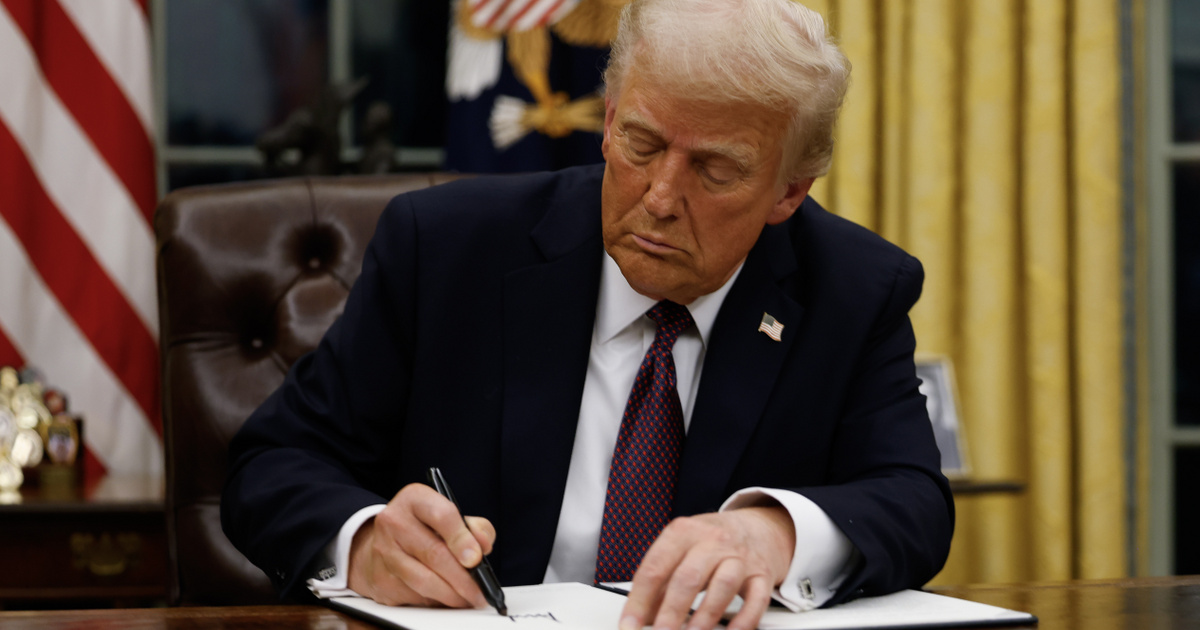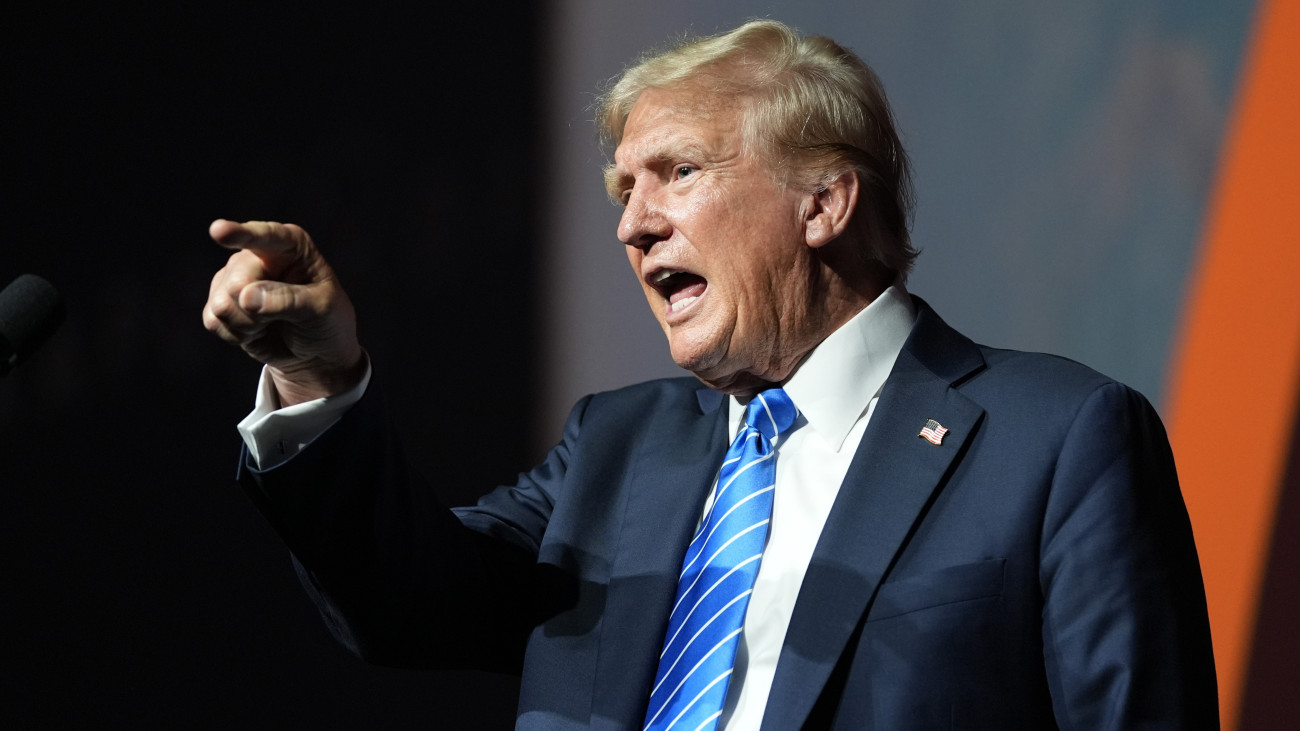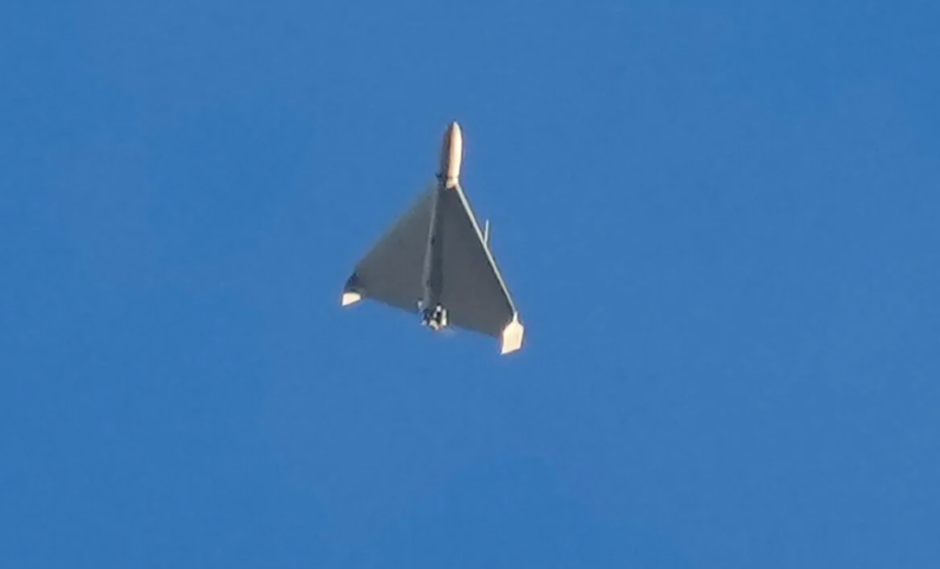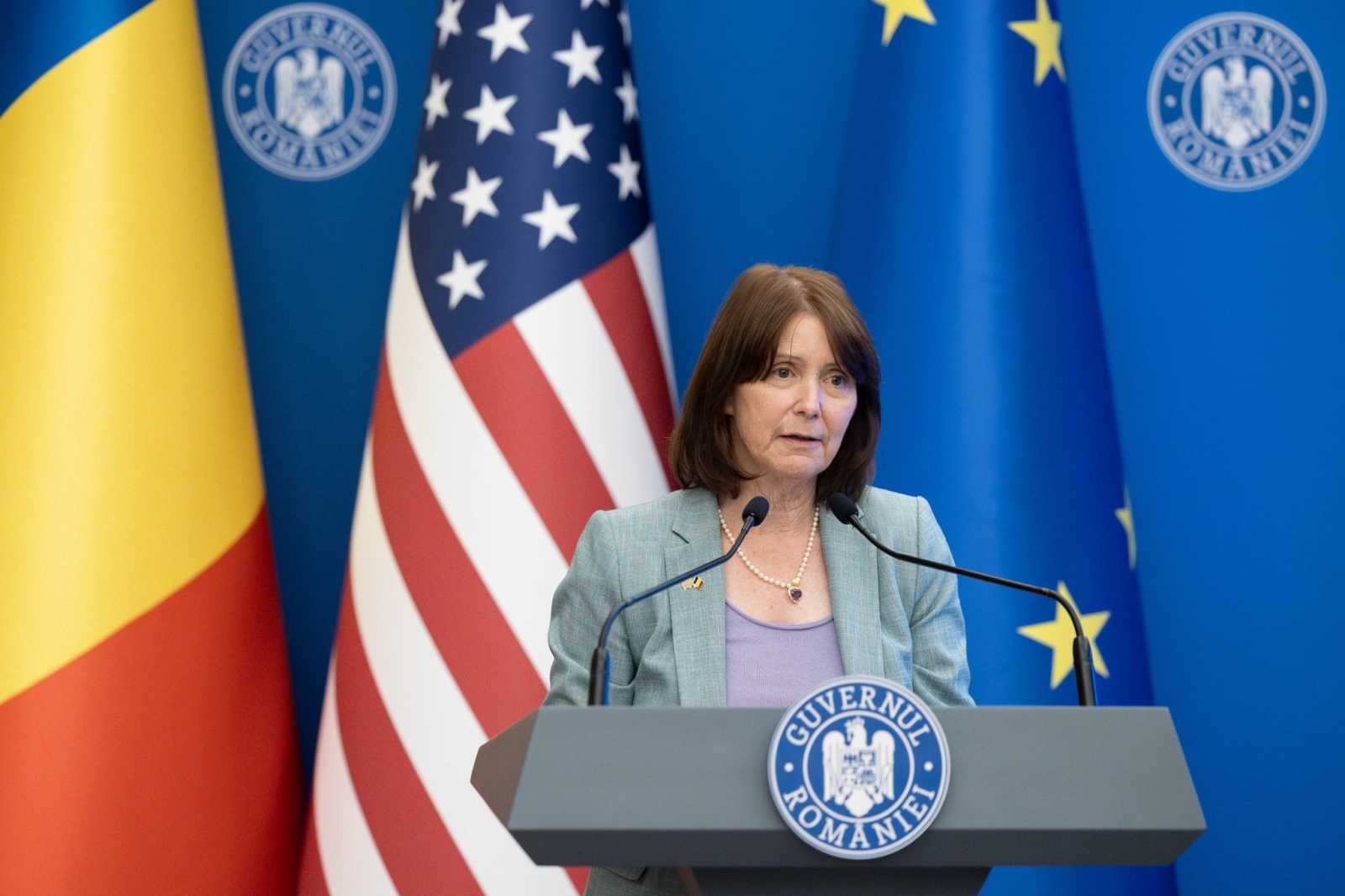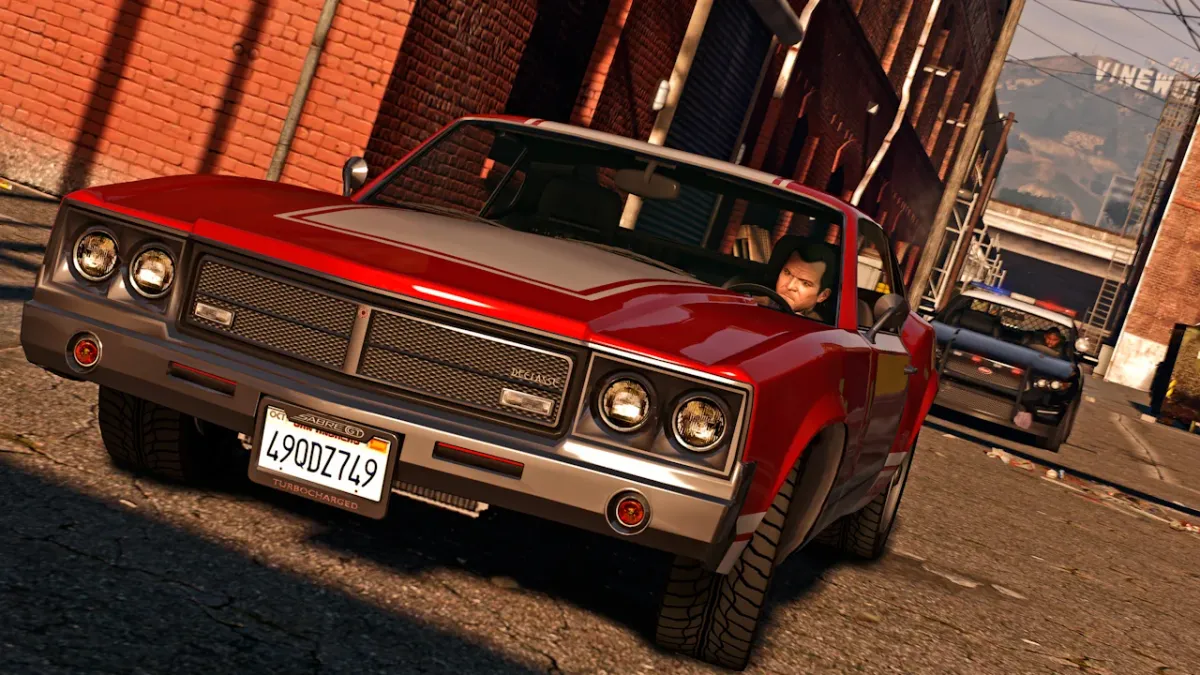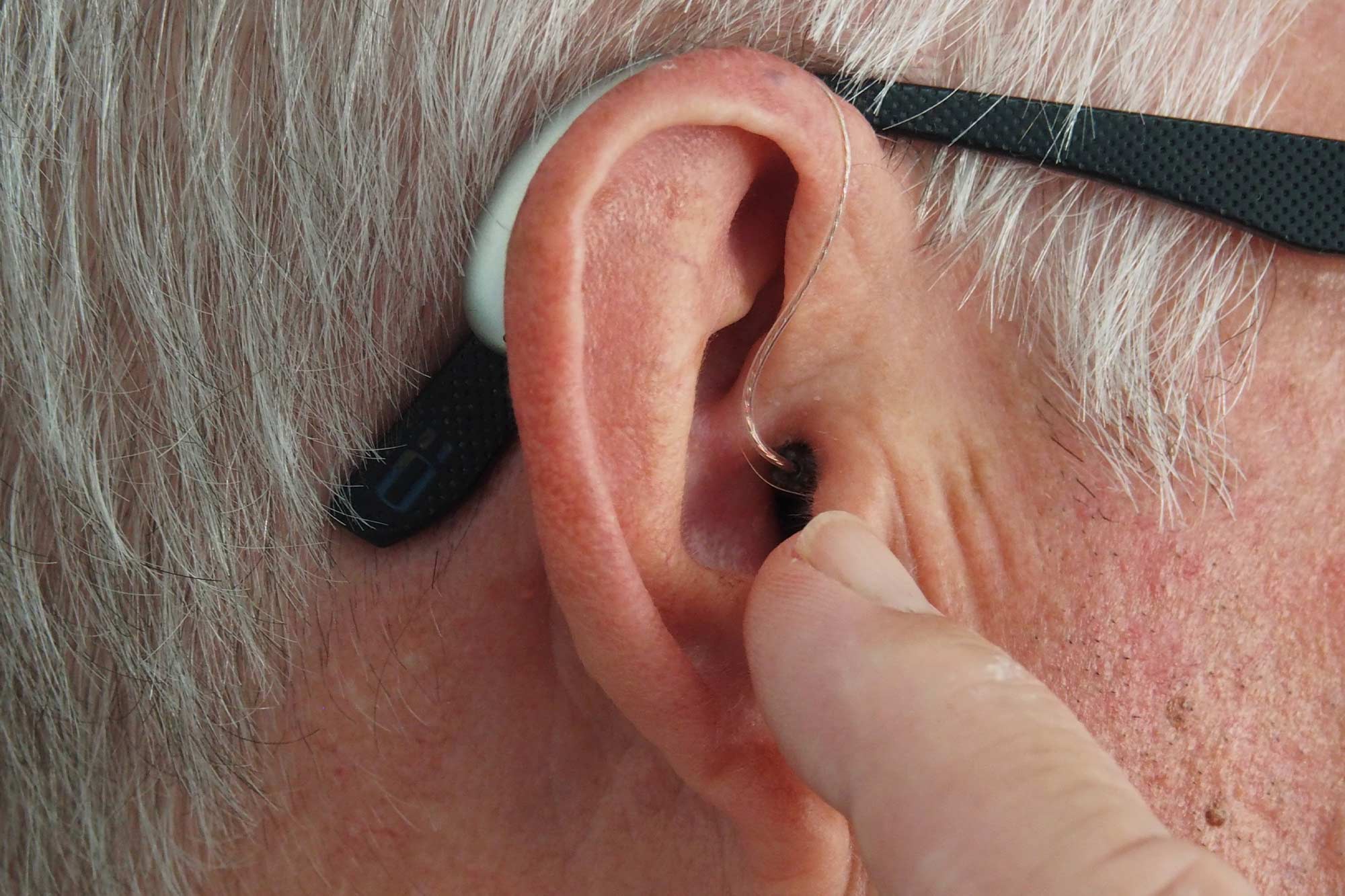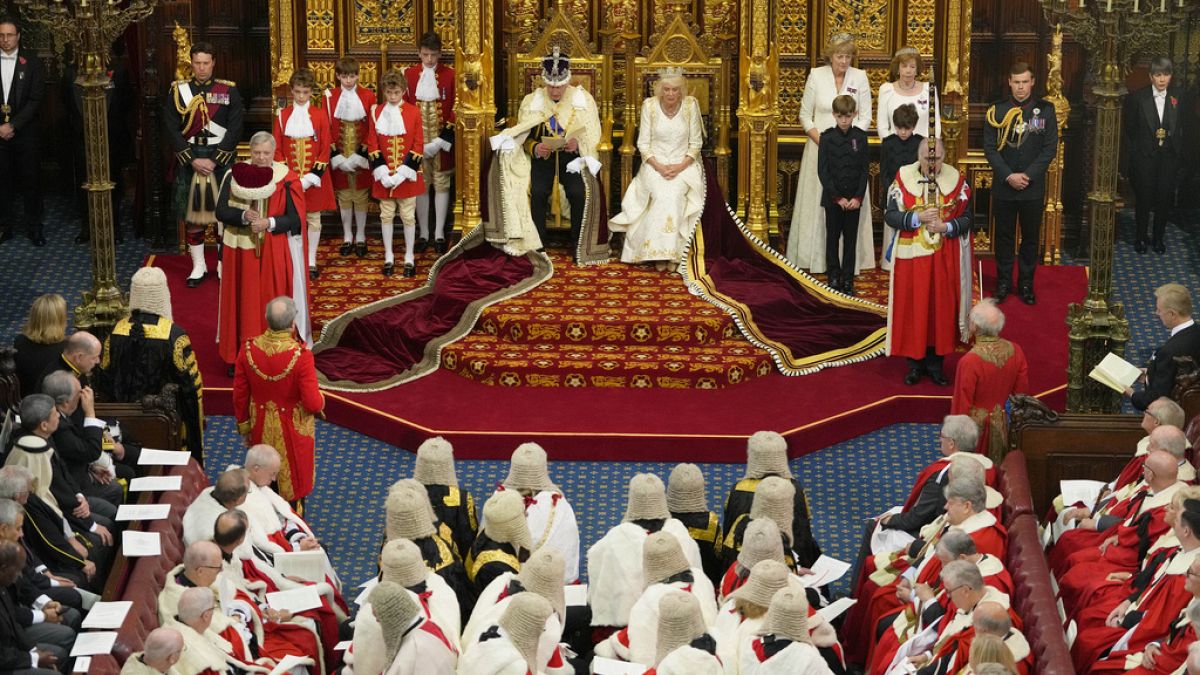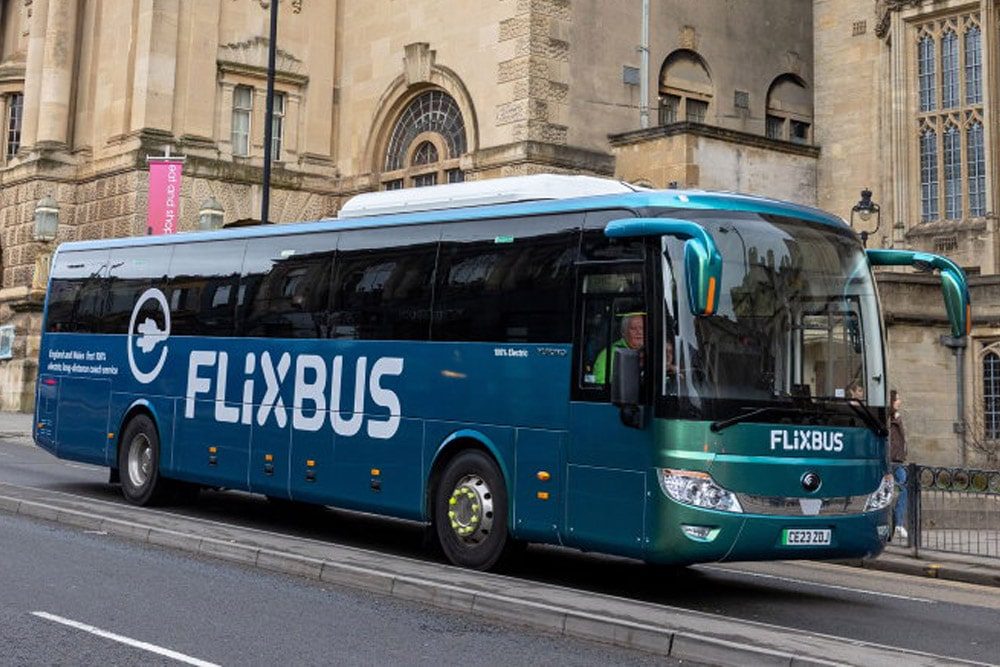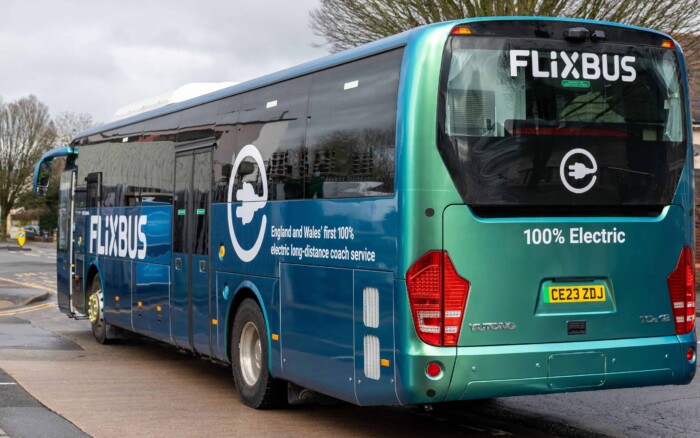The Yutong TCE12 long-distance bus has been put into service Flex bus English subcontractor, Newport Transport. Modernity could represent a major step forward in terms of environmental protection, although it still suffers from its limitations. It is scheduled to be tested over a period of three months.
The 46-seater bus can also accommodate passengers in wheelchairs and is well suited for children. There are toilets and several USB charging points on board. Its 282 kWh battery will be charged at Battersea and at the Newport Transport site in South Wales. The range value is not published, and it is not indicated on the website of the Yutong representative office in England either, but it can travel approximately 200-220 kilometers on a single charge.
With the electric bus, 352 kg of carbon dioxide has been eliminated2Emissions can be saved compared to a diesel bus, so passengers can be sure they are traveling on a bus that does not release greenhouse gases into the air.
What is the significance of this? Well, the UK used to be among the top 20 CO2 emitters in the world, but to its credit it has been on a steady decline since 2002. In the space of 20 years, its annual CO2 emissions have been “reduced” by around 230 million To 320 tons. (For comparison: Hungary 44.35 million tons/year according to 2022 data).
FlixBus has over 60 destinations in the UK. The company wants to be carbon neutral by 2040, so it has already tested several prototypes that might be suitable to replace diesel buses.
However, he was not always so lucky with electric buses. Between 2018 and 2019, the BYD C9 long-distance electric bus was tested in France and Germany, but several trips had to be canceled because bus availability was not ideal. All this made life miserable for German passengers traveling between Mannheim and Frankfurt.

